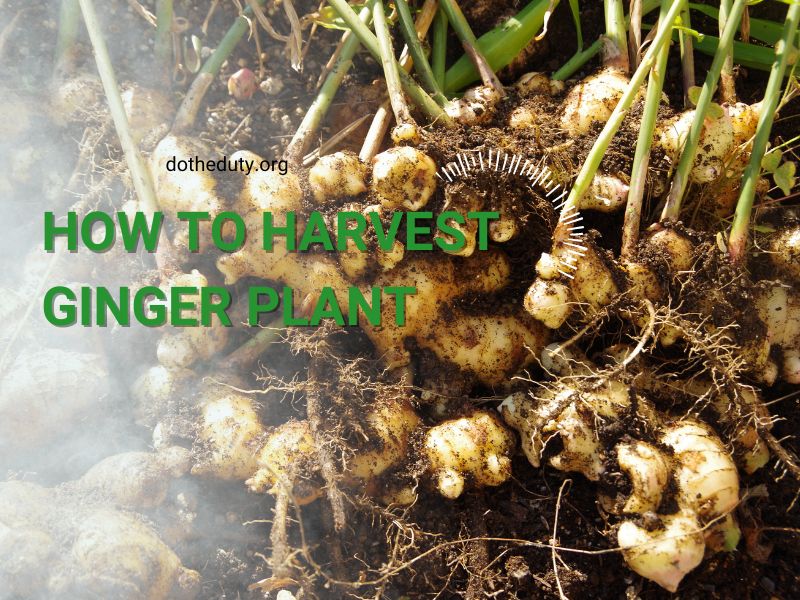Ginger, with its warming spice and distinctive aroma, has been a culinary and medicinal staple for centuries. But how do you know when it’s time to harvest this underground treasure? This guide will walk you through everything you need to know, from timing your harvest to carefully collecting your homegrown ginger bounty.

Understanding Ginger Growth
Ginger is a perennial herb that thrives in warm, humid climates with partial sunlight. While it flourishes outdoors in USDA zones 7 through 10, you can also cultivate ginger in a pot and enjoy it indoors year-round. Ginger is prized for its “rhizomes” – the knobby underground stems that pack the heat and flavor. These rhizomes contain gingerols, the active compounds responsible for ginger’s distinctive taste and numerous health benefits, including anti-inflammatory properties and potential immune system support.
How Long Does Ginger Take to Grow?
Be patient – ginger is not a fast grower. While it enjoys plenty of light and warmth, it can tolerate strong sunlight as well. However, keep it protected from cold drafts and wind. The growing tips on the ginger rhizome will sprout quickly, transforming into long, slender leaves that resemble blades of grass. It typically takes eight to ten months for a ginger plant to reach maturity, reaching heights of up to one and a half meters. So, be sure to provide ample space for it to flourish.
When to Harvest Ginger
The ideal harvest time for ginger coincides with the decline of the plant’s above-ground growth. Typically, after 10 to 12 months from sprouting, the plant will begin to signal its readiness. Look for yellowing and drying leaves, along with stems that start to fall over. At this stage, the ginger rhizomes will have developed a firmer skin, making them less susceptible to bruising during handling and washing.
Baby Ginger vs. Mature Ginger
If you’re looking for young, “baby” ginger root – the kind often pickled with its tender flesh, mild flavor, and lack of fibrous texture – you can harvest ginger as early as four to six months after sprouting. These young ginger rhizomes will be cream-colored with soft pink scales.
For a more mature and robust ginger flavor, wait for the full 10 to 12-month growing cycle. By this time, the rhizomes will have a firmer texture and a stronger, more pungent taste.
Harvesting Your Ginger Roots
To encourage earlier harvest of mature ginger, you can trim the tops of the plants two or three weeks before you plan to dig them up. Here’s how to carefully collect your ginger bounty:
- Gently Does It: Use your hands to carefully remove the outer ginger rhizomes from the plant. This allows you to harvest some ginger while leaving the rest of the plant intact to continue growing.
- Full Harvest: If you prefer to harvest the entire plant, simply remove it from the soil.
- Future Harvests: Leaving some rhizomes in the ground allows the ginger plant to continue growing and potentially produce another harvest. You can even overwinter leftover rhizomes, as long as you store them in a location that stays above 55 degrees Fahrenheit (13 degrees Celsius).
Enjoy Your Homegrown Ginger!
With a successful harvest, you can now enjoy the fruits (or rather, roots!) of your labor. Fresh ginger adds a delicious kick to countless dishes, from stir-fries and curries to marinades and baked goods. Now that you know how to care for and harvest your own ginger plant, you can have a steady supply of this versatile and flavorful ingredient at your fingertips.









